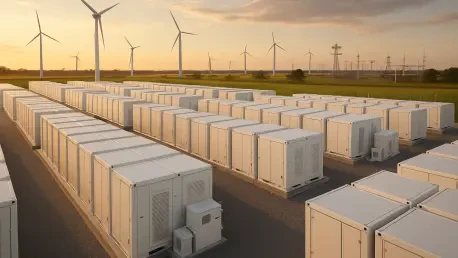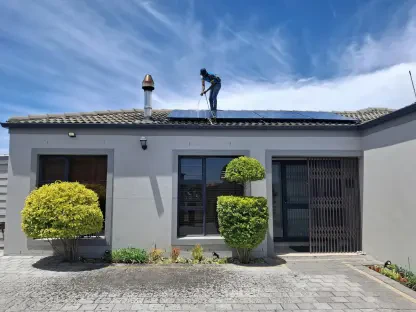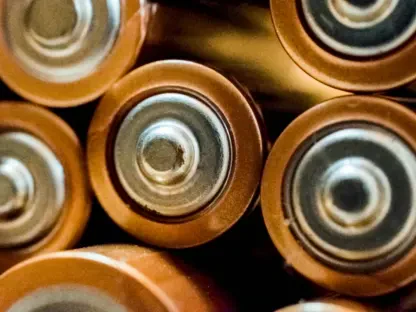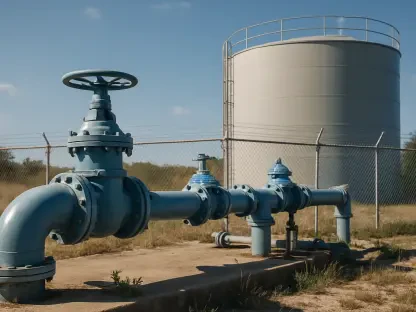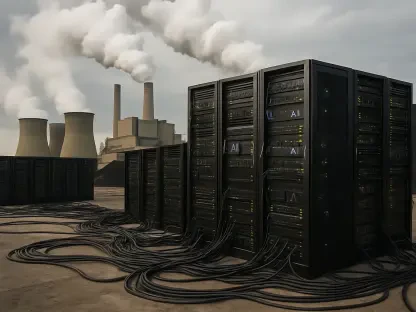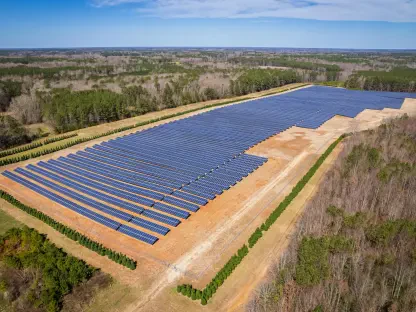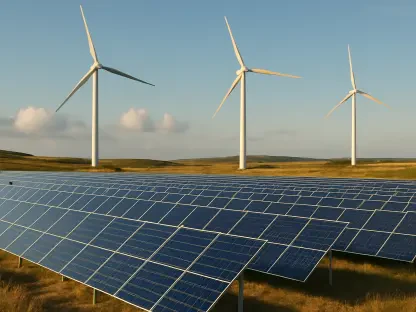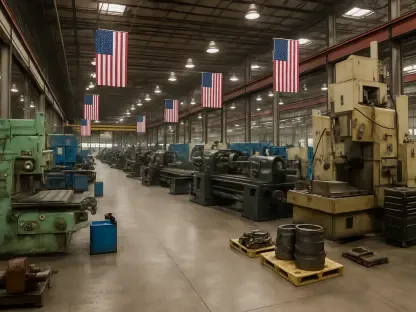As we dive into the evolving landscape of renewable energy, I’m thrilled to sit down with Christopher Hailstone, a seasoned expert in energy management and electricity delivery. With his deep knowledge of grid reliability and security, Christopher has been at the forefront of understanding how innovations like battery storage are reshaping power systems, particularly in California. Today, we’ll explore the state’s remarkable progress in energy storage, its impact on grid stability, the push toward cleaner energy sources, and the challenges and opportunities that lie ahead in this dynamic field.
How has battery energy storage become a game-changer for California’s power grid, and what exactly does it do to support daily energy needs?
Battery energy storage has truly revolutionized how California manages its power grid. Essentially, these systems capture excess electricity—often from solar panels during the day—and store it for later use. This is critical during late afternoon or evening hours when solar production drops off, but demand spikes as people return home and turn on lights and appliances. By releasing stored energy during these peak times, batteries help balance the grid, prevent shortages, and reduce the need for emergency measures like rolling blackouts. It’s a key piece of the puzzle in making renewable energy more reliable.
What’s behind California’s success in avoiding Flex Alerts since 2022, and how much of that can be attributed to the growth in battery storage?
The absence of Flex Alerts since 2022 is a huge milestone for California, and battery storage deserves a lot of credit. The state’s battery capacity has skyrocketed, jumping from just 500 megawatts in 2020 to over 15,700 megawatts today. This means we can store and dispatch massive amounts of clean energy exactly when it’s needed most, like during heat waves. But it’s not just batteries—new renewable resources, better demand-side management, and improved coordination across the grid have also played a role. Together, these efforts have made the system far more resilient.
California’s battery storage capacity has grown by over 3,000% in just six years. What drove this rapid expansion, and were there any major hurdles along the way?
This explosive growth didn’t happen by accident. California made strategic investments and implemented policies that encouraged the development of energy storage, including incentives and mandates tied to renewable energy goals. State leadership prioritized grid modernization after past crises like the 2020 blackouts, pushing for quick deployment of storage solutions. However, scaling up so fast wasn’t without challenges—permitting delays, supply chain issues for battery materials, and the sheer cost of infrastructure were significant obstacles. Overcoming these required close collaboration between policymakers, utilities, and tech innovators.
In what ways are batteries helping California reduce its reliance on fossil fuels like natural gas, and how do they address specific issues with gas plants?
Batteries are a cornerstone of California’s shift away from fossil fuels. Natural gas plants, which have long been a backup during high demand, often underperform in extreme heat because combustion efficiency drops in hot conditions. Batteries step in by providing a stable, dispatchable source of power during these critical summer months, storing solar energy from earlier in the day and releasing it when needed. While they’re not fully replacing gas plants yet—there are still times when longer-duration needs require gas—they’ve dramatically cut down on fossil fuel use, supporting the state’s carbon neutrality goals.
What are some of the limitations of current battery technology, particularly with lithium-ion systems, and how do these affect grid operations?
Lithium-ion batteries, which dominate the market, typically offer only four to six hours of storage capacity. That’s great for covering evening peak demand, but it falls short for longer-duration needs, like overnight or multi-day events when renewable generation is low. This limitation means we sometimes still rely on other sources, like natural gas, to fill the gaps. It’s a challenge for grid operators aiming for 100% clean energy, as they have to carefully manage these short windows of storage while planning for more extended solutions.
There’s talk of emerging battery technologies like iron-air and flow batteries. Can you explain how these differ from lithium-ion and why they’re not yet mainstream?
Iron-air and flow batteries are exciting alternatives to lithium-ion. Iron-air batteries use oxidation to release energy, while flow batteries store energy in liquid chemicals that pass through a reactor, offering potentially longer storage durations. Unlike lithium-ion, these technologies can sustain power output for much longer periods, which is critical for grid reliability over extended timeframes. However, they’re not widely used yet because they’re less mature, often more expensive, and physically larger, making deployment trickier. Scaling up manufacturing and reducing costs are the big hurdles to their broader adoption.
How do the costs of battery storage stack up against building new gas plants, and is affordability shifting the energy landscape?
The cost comparison between battery storage and new gas plants is fascinating. Recent analyses show that four-hour lithium-ion batteries are becoming competitive with gas plants for certain applications, especially for meeting peak demand. Longer-duration battery technologies are still a bit pricier, but the gap is closing fast as battery costs continue to drop while gas prices remain volatile. This shift is making storage an increasingly attractive option for utilities looking to invest in flexible, clean energy solutions without locking into fossil fuel infrastructure.
Looking ahead, what’s your forecast for the future of battery storage and its role in California’s journey to a fully clean energy grid?
I’m incredibly optimistic about the future of battery storage in California. We’re likely to see continued growth in capacity, driven by technological advancements and declining costs. Emerging chemistries like iron-air and flow batteries could address current limitations, providing longer-duration storage to support a grid powered entirely by renewables. At the same time, upgrades to the aging grid infrastructure and streamlined permitting processes will be crucial. I believe storage will be the linchpin in achieving 100% carbon neutrality by 2045, ensuring reliability even as we face more extreme weather and rising demand. It’s an exciting time to be part of this transition.
